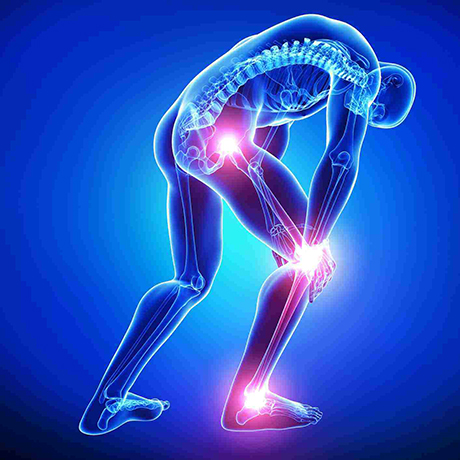
Sudden injuries in athletics can occur unexpectedly and frequently lead to critical problems for athletes. These injuries can vary from sprains and strains to breaks and head injuries. To assist reduce these traumas, it is crucial to adopt focused preventive strategies. These strategies focus on education, appropriate preparation, gear use, and overall health maintenance. By addressing these key areas, athletes can considerably lower their chances of suffering from acute traumas while engaging in their favorite sports.
One effective method to minimizing the likelihood of injuries is through education. Athletes, trainers, and guardians should be educated about the common types of injuries associated with particular activities. Comprehending the mechanics of these injuries allows everyone to recognize the indicators and signals early. Educational workshops or seminars can assist teach players about proper techniques and the importance of warming up before matches or practices. This understanding enables athletes to take responsibility for their well-being and encourages them to communicate any concerns about possible injuries.
Another important protective strategy is adequate training. Players should participate in a well-rounded training program that centers on building strength, flexibility, and endurance. Strength conditioning helps build the muscles that stabilize joints, reducing the likelihood of traumas. Flexibility exercises, such as stretching, can enhance the range of motion and decrease the risk of muscle tears. Additionally, athletes should include sport-specific drills that simulate game scenarios, which can help them become more familiar with the actions involved in their chosen sport. Trainers play a crucial role in designing and executing these training programs to ensure they are safe and effective.
The use of appropriate equipment is also essential in preventing acute injuries in athletics. Players should always wear the appropriate equipment for their particular sport, including helmets, pads, and suitable footwear. For example, football players need helmets to shield against head injuries, while soccer players require shin guards to protect their legs from impact. It is crucial that equipment is fitted correctly and is maintained regularly to guarantee it provides the intended protection. Trainers and parents should encourage players to take the effort to select and use the right equipment to reduce their risk of trauma.
In addition education, preparation, and equipment, upholding overall health is crucial for trauma avoidance. Athletes should prioritize adequate nutrition, hydration, and rest to keep their physical condition in top shape. A nutritious diet rich in vitamins and minerals helps support muscle recovery and overall physical performance. Maintaining hydrated is also crucial, as dehydration can lead to exhaustion and increase the risk of injuries. Lastly, achieving enough sleep is crucial for recovery and maintaining focus during training sessions and games. By encouraging good health habits, athletes can improve their performance and reduce their risk of suffering from acute traumas.
In conclusion, reducing the risk of acute injuries in athletics top article requires a multifaceted approach that includes education, proper preparation, suitable gear, and overall well-being maintenance. By concentrating on these specific protective strategies, players can more effectively safeguard themselves from the dangers of injuries. Coaches, parents, and players all have important roles to fulfill in fostering a safe sports environment. By working together and prioritizing safety, the enjoyment of sports can continue without the interruption of painful injuries.